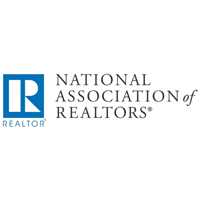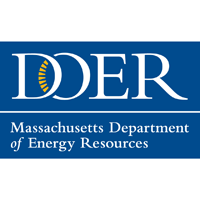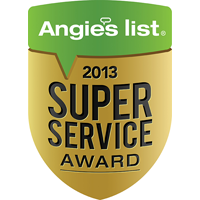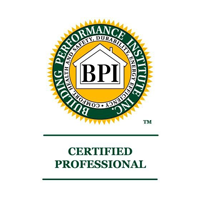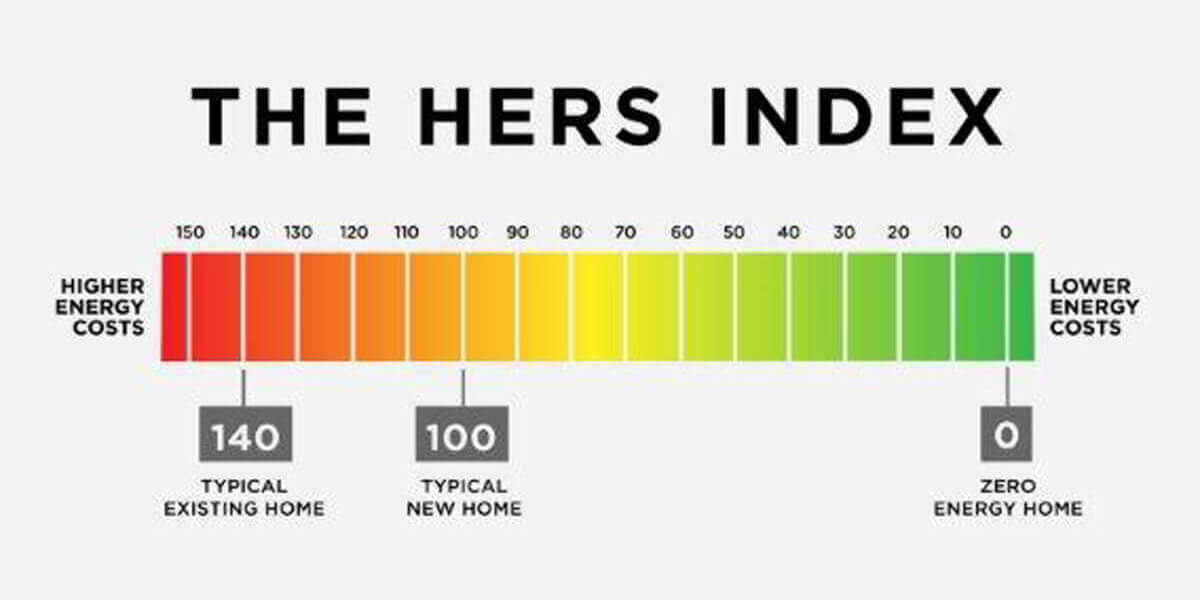We gave you the first half of the alphabet in Part One of Dolphin’s ABC’s of Insulation—now it’s time to finish the vocabulary. With this new information and clarification of terms, your quest to insulate and air seal your home is easier. When you have an educated search for sealing your home, you successfully conserve both energy and money while increasing your home’s comfort.
To pick up where we left off:
N is for National Fiber
National Fiber is locally based in Belchertown, Massachusetts. They produce pure cellulose insulation and supply Dolphin with the high quality cellulose that we then install in your home. Some of National Fiber’s goals include:
- helping you to reduce your heating and cooling bills
- protecting the environment
- enhancing your home’s value
- producing high quality and highly effective cellulose insulation
O is for Over-issue Newsprint
Over-issue newsprint refers to the newspapers that are printed but not purchased. The papers that are issued to vendors but not sold that day are given back to the paper’s source. National Fiber then purchases them in bulk and creates cellulose insulation.
P is for Permeability
In the insulation business, permeability measures how fast water vapor can move through the pores of a material. A material with a permeability rating lower than 1 is commonly referred to as a vapor barrier.
Q is for Questions
Venturing into the world of insulation and air sealing can be overwhelming. Dolphin is available to answer any questions that you have about any aspect of the process.
R is for R-Value
The R-value measures a material’s thermal conduction. This means that it measures the material’s ability to stop thermal heat from passing through. Generally, the higher the R-value, the better the insulation.
S is for Stack Effect
Driven by buoyancy, the stack effect measures air’s movement into and out of your home. Warmer air is less dense than cooler air, so the heat in your home rises. When your home is left un-insulated during winter months, heat escapes out of your roof. The air movement pulls more cold air into your home and makes your heating attempts useless.
T is for Thermography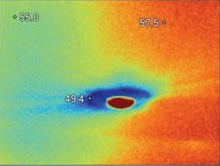
U is for Upcycling
Upcycling is taking something disposable and manufacturing it into something of greater value. It is similar to recycling in using an older material to create a new form, but Upcycling actually upgrades the value of the original material by manufacturing it into an object of greater use. For example, the way National Fiber uses old newspapers to create cellulose insulation is a form of upcycling.
V is for Vapor Diffusion
Vapor diffusion is the process by which water travels through inadequate building materials. This movement happens when there is a difference in vapor pressures across the barrier. Insulation and air sealing stop vapor diffusion to block unwanted vapor from reaching into your walls and your home.
W is for Waste
—or lack thereof. Before you insulate your home, you are constantly wasting energy trying to heat and cool your home. Insulating and air sealing your home not only saves energy to help the environment, but it also saves you money. Investing in cellulose insulation helps you avoid wasting energy, wasting money, and wasting materials.
X is for Xeric
Xeric simply means having dry or desert-like qualities. We talk about preventing moisture from getting in your home, but we also don’t want you to live in a xeric home. We make sure that your home remains at a comfortable moisture level that you can control, with no moisture sneaking in or out.
Y is for You
At Dolphin, our goal is to make you happier, more comfortable, and more energy efficient through the services that we provide. We work as a team and value your input and concerns. For us at Dolphin, you are the reason we do our work.
Z is for Zero
As our country becomes more environmentally conscious, many people strive to have a perfectly net-zero home. This is very hard to achieve, but scattered homes across the nation have already obtained net-zero. Net-zero means that the home’s energy spent is equal to the energy produced. Net-Zero homes are self-sufficient and have no impact on the environment. While this is difficult to achieve, insulation and air sealing will bring your home closer to zero.



